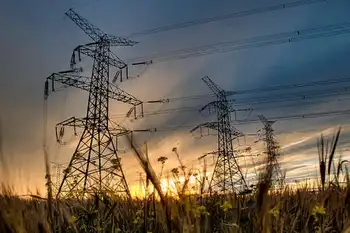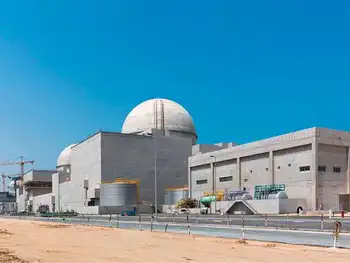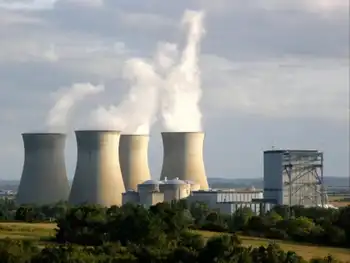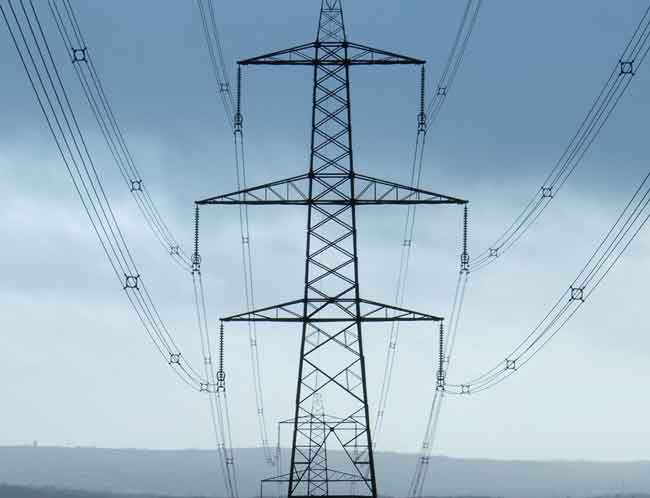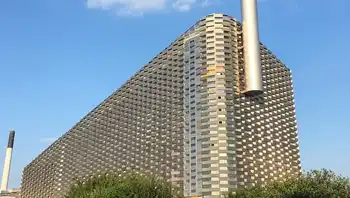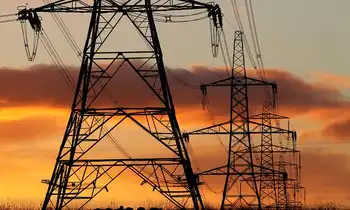Toronto unveils battery-powered Icecat
By Toronto Star
CSA Z463 Electrical Maintenance
Our customized live online or in‑person group training can be delivered to your staff at your location.

- Live Online
- 6 hours Instructor-led
- Group Training Available
One is already in use at Scarborough's Centennial Arena, and a second will be delivered next week to Bill Bolton arena, replacing the ubiquitous gas-powered Zamboni that arenas have used for decades.
The $167,000 Finnish-designed Icecat - twice the price of a Zamboni - was pressed into service at Nathan Phillips Square.
The silent machine glided around the rink, making the ice nice and smooth so Mayor David Miller and two key councillors could go for a quick skate marking tomorrow's opening of all 48 outdoor artificial rinks in the city.
Miller said the electric machine produces no harmful carbon monoxide and other pollutants that come from burning fossil fuel.
"Residents of Toronto should be proud of our city as we continue to be a leader in green fleet technology and do what we can to preserve our environment while delivering services for everyone to enjoy," he said.
"Let's not hibernate, let's celebrate," said Councillor Janet Davis, chair of council's community development and recreation committee, adding that the city offers instructional programs for people of varying ages and abilities.
"We all know that skating is a great way to get exercise and reduce stress and spend time with your family and friends," Davis said. "I invite all Torontonians across the city get out this year and enjoy your rinks."
Toronto has about 55 Zambonis, which run on propane or natural gas and have a lifespan of about 8 years. The city will look at replacing them with the battery model at renewal time.
Toronto has two of only four Icecats in use in Canada, with the others purchased by the City of Winnipeg and the University of Manitoba. The machines, which are also sold in the United States, Scandinavia and Russia, must be plugged in when not in use to recharge the batteries.
According to Joe Johnson, of distributor Joe Johnson Equipment Inc., the machine has a clear advantage over the gas-powered models, which will always produce harmful emissions, made worse when arena operators close vents to retain heat.
"Arenas have damper systems in them that are supposed to allow for the emissions to escape, but you don't want to lose heat, so many arenas close the dampers," Johnson said.
Toronto's green fleet totals about 368 vehicles, including hybrid gas-electric cars and pickup trucks, but not counting transit vehicles.





